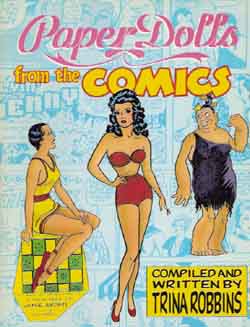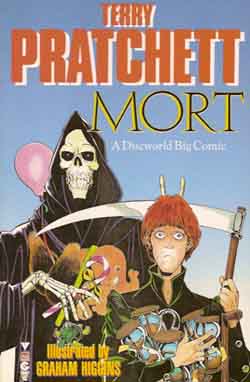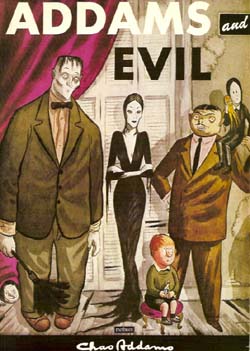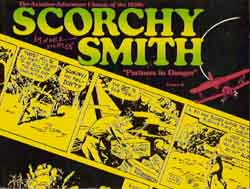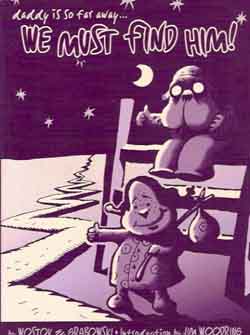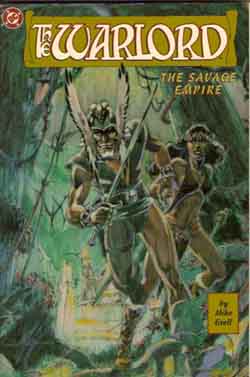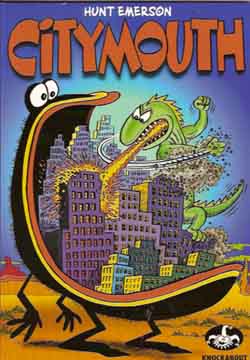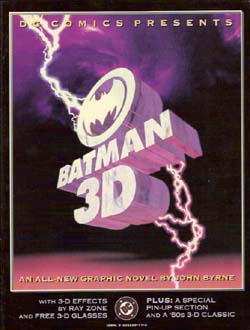
By John Byrne & various: 3-D process by Ray Zone (DC Comics)
ISBN: 0-930289-77-3
The comic-book 3-D process was invented by Joe Kubert and Norman Maurer in 1953 and fed into the wider craze in movies. It resulted in some pretty spectacular comic-books but died out pretty quickly, although it still persists and periodically resurfaces. I’ve worked on a couple of 3-D projects in my other life as an advertising free-lancer, and can honestly say it’s harder than it looks to get right, but when you do it’s utterly mind-boggling.
Having said that and acknowledging that it’s a way of enhancing the visual impact of comics it’s always gratifying when the actual story works too. This forgotten tome from 1990 is a nice example, and is only the second time John Byrne wrote Batman, and is his first full art job on the character. ‘Ego Trip’ features a solid old-fashioned murder-mystery, a helter-skelter chase, dynamic action and a deadly competition between The Joker, The Penguin, The Riddler and Two-Face with Gotham City as their playground.
Although the dialogue is a little stiff, this is still a very readable Batventure for fans of all ages with many tributes to all the best iconic features of the strip and a measured understanding of what the stereoscopic process can add. There’s also a reprint of ‘Robot Robbers’ (with art attributed to Curt Swan and Sheldon Moldoff) which originally appeared in Batman #42 in 1947. It was one of four tales turned into 3D strips for Batman Adventures in Amazing 3D Action during that first boom period in 1953, and re-released in 1966 at the height of the TV Batmania craze. It’s a wonderful science crime romp well worth reliving.
This book also features eleven 3D pin-ups from name-artists commemorating the iconic nature and history of the Caped Crusader. Alex Toth draws the hero in his autogyro from 1939, Bret Blevins and Al Williamson define the Batcave, and both Dave Gibbons and Barry Windsor-Smith give us their unique interpretations of The Joker. George Pérez draws the 1950’s Catwoman, Art Adams handles The Penguin and Mike Zeck produces Two-Face. Jerry Ordway teams Batman and Superman, Jim Aparo illustrates RÄ’s Al GhÅ«l, Mike Mignola captures Man-Bat and Klaus Janson shows us the Batman of Today.
This is great little book and even if 3D is currently not in vogue, stories and art of this quality shouldn’t be ignored or forgotten.
© 1947, 1953, 1966, 1990 DC Comics. All Rights Reserved.

